Swayamvaram
Swayamvaram : Movie Review
3 stars out of 5 (Good)
Director : Adoor Gopalakrishnan
Malayalam (English subtitles available), 1972
Boy and Girl run away from their disapproving families and, as it happens more often than not in mainstream Indian cinema, they eventually manage to live happily ever after. Ram and Sita, from the legendary Indian epic Ramayana for those who don't know, are exiled to the hinterlands but after a million thorns , big and small, they are eventually united in happy cohabitation (before one of them decides to have ungodly doubts). In this film , Adoor Gopalakrishnan takes the former variety of yarn and smacks it down, pulls it apart , then rolls in Sita and her husband into the remains of that story-thread and re-weaves their destinies into an inexorably minimalist spiral that exorcises all magic of fantasy before sinking deeper and deeper into the hand-to-mouth living and unexpected catastrophes of a modern thankless life.
Swayamvaram's year of release was 1972 - even in a land where cinematic technology takes more time to catch up, the first Malayam colour film was made more than ten years before that, but Gopalakrishnan (only thirty-one at that time) was targeting the aesthete both within himself and in the audience with his black-'n'-white debut picture. He had cheek too : Indian cinema has often shown a lady hanging clothes out to dry in the courtyard, but this is the one and only film I've seen wherein the very first garment the lady hangs out to dry is a brassiere. The first sequence introduces the steady drone of a bus engine as it negotiates the thin roads of Kerala - the shot-taking is kept entirely within the bus and its passengers, and there is no dialogue whatsoever. There is no instrumental background music either in this opening overture, and the entire movie has no songs. We see two love birds - Vishwam (Madhu) and Sita (Sharada) who smile and enjoy their journey. Later when they alight and are alone in a room, he holds her close and says, "This is unbelievable".
The hotel room they stay in, is a decent one which is ostensibly not cheap - it's the kind where tea and coffee are brought in a tray with the sugar kept by the side. Financial crunch soon obliges their transfer to a third-rate lodge which scares Sita so much that they eventually move to a rented, dilapidated and primordial-looking house. Both are young : Vishwam is overweight with his robustly sculpted face ranging from commonplace to handsome, and he is essentially a decent man while his love Sita is a willowy beauty clad in a sari, with a sweet stoical disposition to match her looks. Shortage of suitable jobs grinds down their happiness, their mutual love remains but blooming romance leaches out completely, penury looms larger and larger, and even the crushing banality of day-to-day existence is offset by the suffocating tension of being cashless.
I had mentioned the relatively late onset of background music - when plangent richly melodic sitar sets in (in Raag Aheer Bhairav reprised to fuller length in the excellent "Albela Sajan" of 1999's "Hum Dil De Chuke Sanam") , I was greatly impressed by how its acoustic powerful beauty informs a superbly picturized scene by the seashore where crashing waves mirror the effervescent delight of these lovers. What's more, Gopalakrishnan employs this surrealist dream-like imagery to further the change in mood and reality - as economic concerns set in, the danger of train-tracks is inserted,the scene shifts to a frenzied chase in a forest as Vishwam goes further and further away from an alarmed and panting yet stunningly beautiful Sita. Mise en scene segues into languid, even vacuous, intensely subjective sequences -they are brief but enough to be reminiscent of Antonioni and Resnais... but such international luxuries are soon blown away by the sultry humdrum air of making ends meet.
Communism - its red flag has flown and continues to burn bright in Kerala - with its attendant rigmarole of the proletariat and their chains , channels into this film as a vocal focus of sloganeering and aggressive processions just as it does in real-life Kerala. The miasma of this unrest is shown to slowly infect Vishwam's chances of subsistence - this is suggested almost in an occult, insidious way. One famous Indian film which Swayamvaram most closely evokes is Pather Panchali - with its struggle for earning bread (or rice in this case) and with its subtle tones of feminism where the woman shows more spine than the man. But Gopalakrishnan also has his share of covert winking fun - early on , Madhu pens a story that seems quite similar to the tone and content of 'Swayamvaram', but the publisher (excellent acting by a gentleman whose name I cannot find in the credits) declines its publication citing it to be "too sentimental"!
Madhu - a leading man at that time and significantly leaner when he was the hero in 1965's much feted "Chemmeen" - emotes with the sure nuances of a confident actor but as the story progresses and Vishwam's predicament darkens, there is little variation in his physiognomy. It is Sharada's role, shorn completely of shrewish behaviour and showing wifely temperament that a wise man dreams of, that shines more (she hails from Andhra Pradesh which is why her technically correct Malayam sometimes lacks the redolent pronunciation of a native). In depicting some other details though , the writer-director errs. A just-born baby in the film, looks not like a neonate a few hours out of the womb, but rather like a infant at least a month old (though it is interesting to note era-specific details like a banana-shaped milk-bottle with a nipple at either ends). Madhu teaches zoology initally in tutorial classes to students who clearly look old enough to be in college but the content of his "amoebic binary fission" lectures is so basic that I remember being taught the same thing in middle school!
A prime reason why Swayamvaram is easier to watch than many other black-n'-white Indian films is because of its technical finesse and esthetic common-sense : editing is well-planned, cinematography is carefully composed, and loud hackneyed melodramatic background music is absent. There is no virtuosity in the screenplay, but the way Adoor G. stays rock-steady to his pared-down vision remains rare in the subcontinent not just in the nineteen-seventies but also almost half a century later at the time of writing. The film may not rock your rafters ,but it remains a solid signpost in the adolescent arc of Indian cinema verite.
UPN
UPNWORLD welcomes your comments

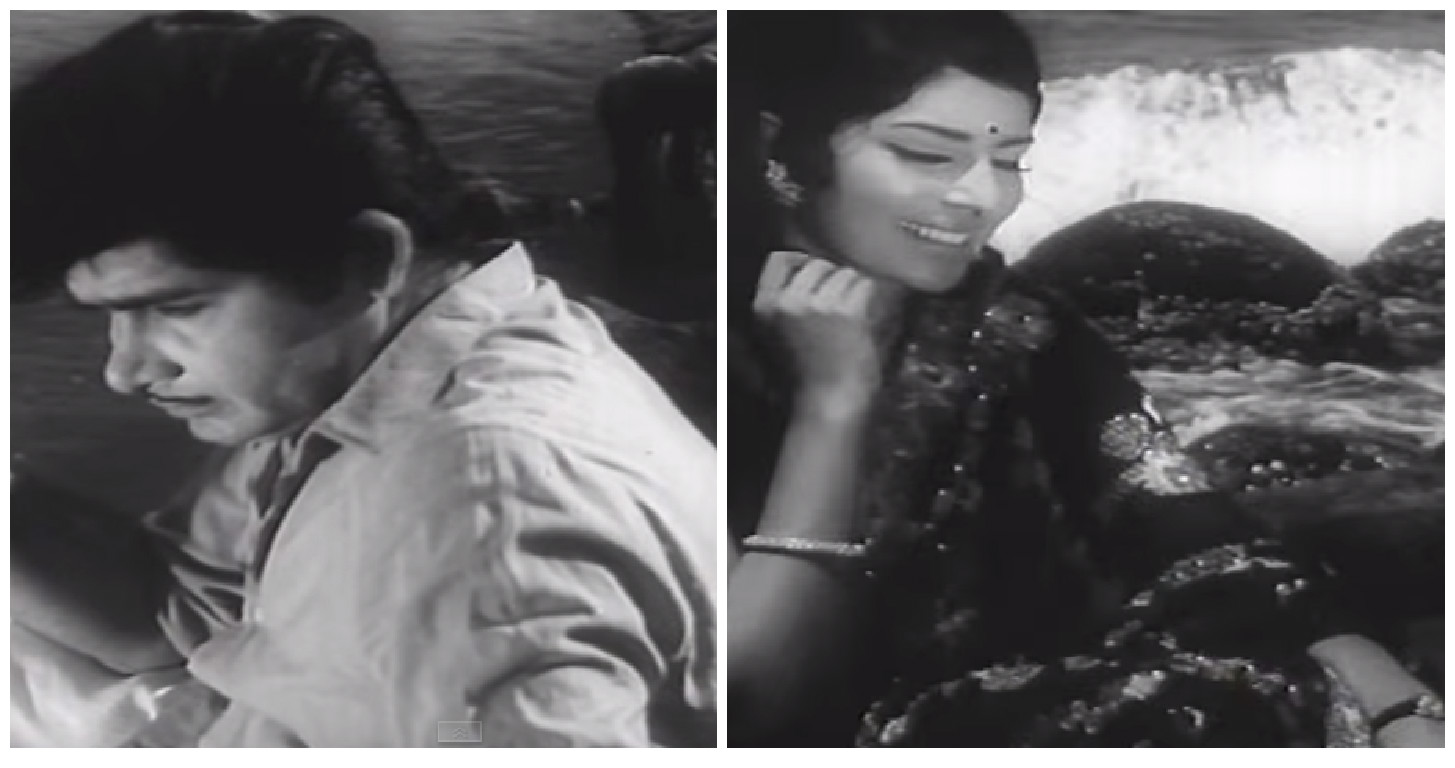
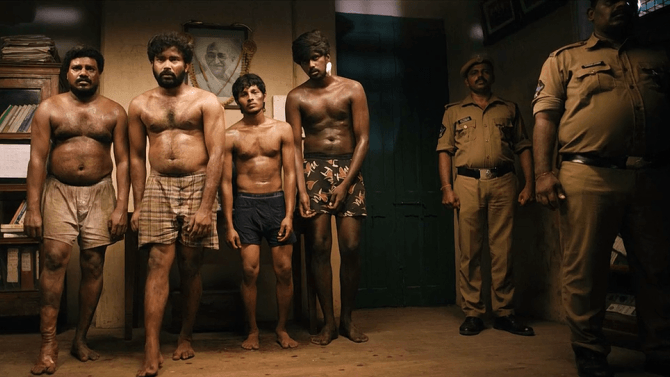
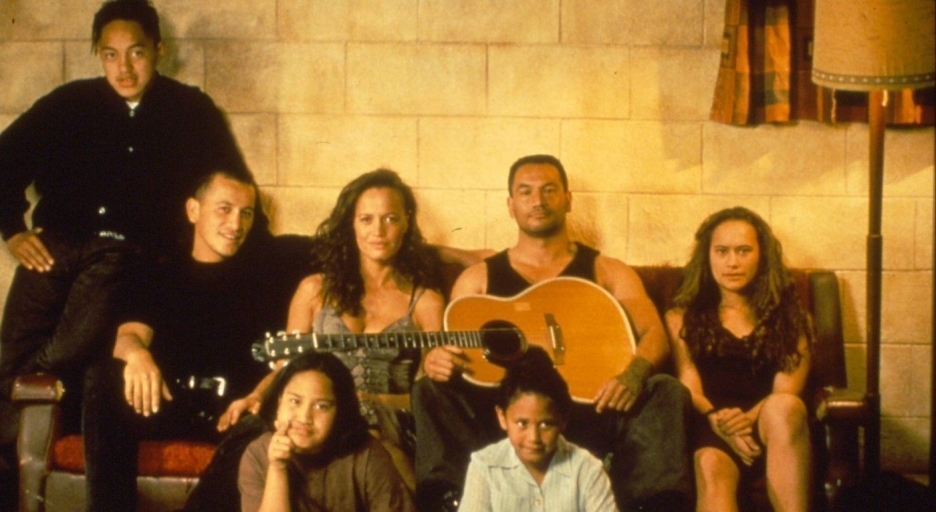
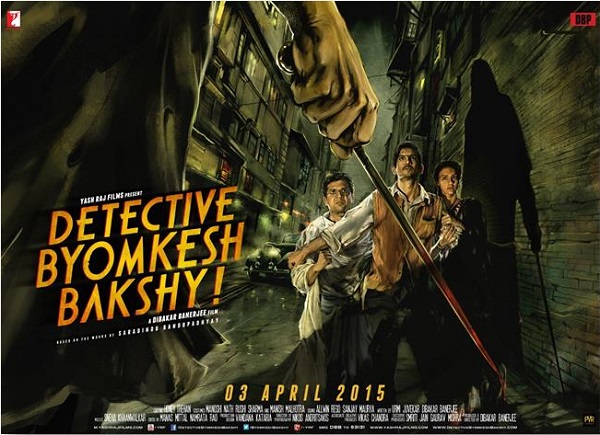
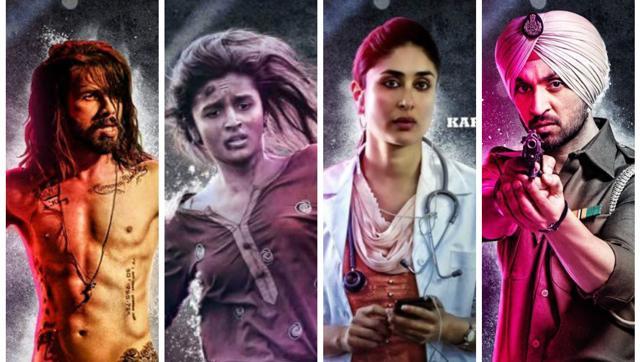




0 COMMENTS
WRITE COMMENT